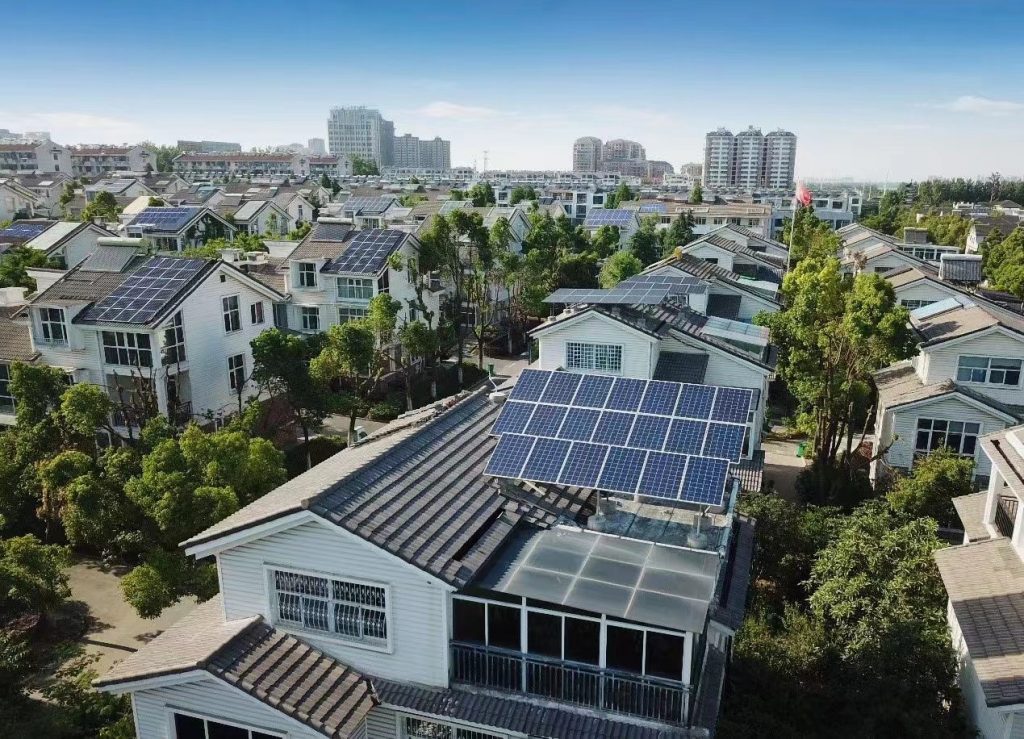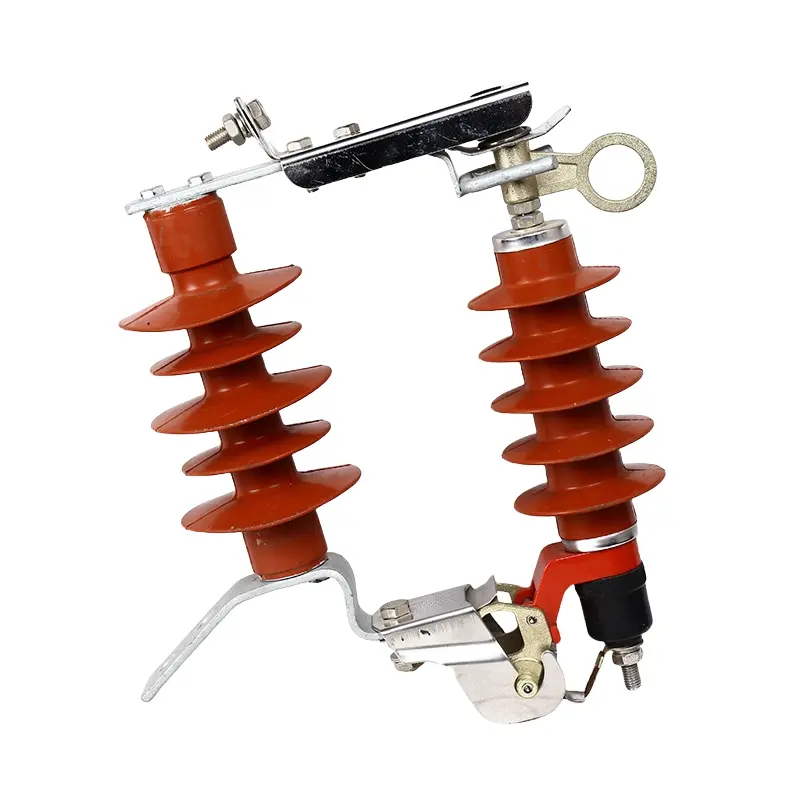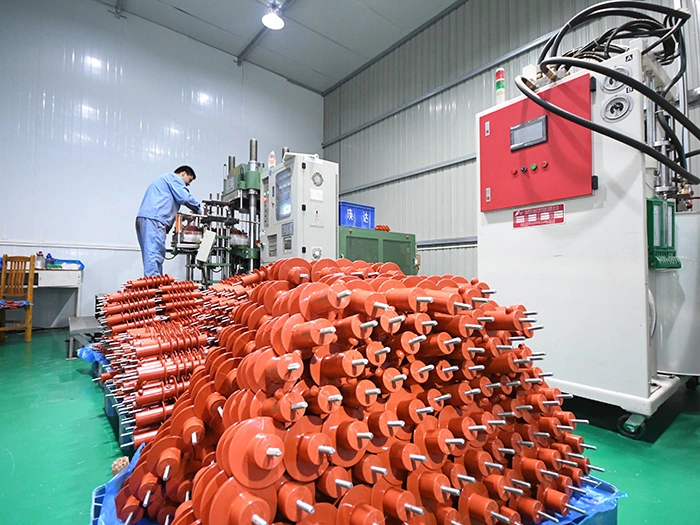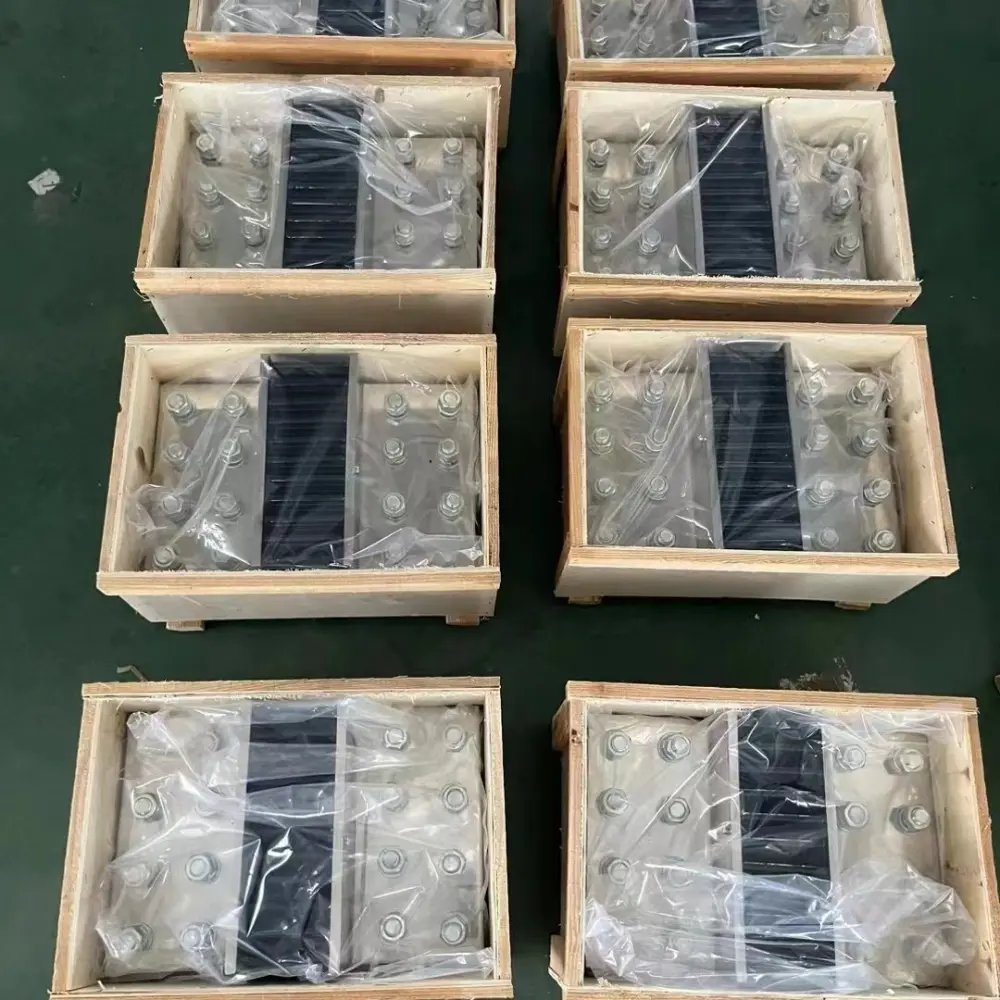Introduction to DC current shunt
In the quest for sustainable energy solutions, one technology that is gaining significant attention is the DC current shunt. This innovative device plays a crucial role in revolutionizing the way we harness and utilize renewable energy sources. In this article, we will explore the importance of a sustainable energy revolution, delve into the concept of DC current shunt, understand how it contributes to sustainable energy, and examine its advantages in renewable energy systems.
Understanding the importance of sustainable energy revolution
In recent years, there has been a growing recognition of the urgent need to transition from fossil fuels to renewable energy sources. The environmental impact of burning fossil fuels, such as the release of greenhouse gases and contribution to climate change, has become increasingly evident. Additionally, the finite nature of fossil fuel reserves poses a serious threat to future energy security. As a result, there is a global push towards embracing sustainable energy solutions.
A sustainable energy revolution is not just a desirable goal; it is an imperative for the future of our planet. By transitioning to renewable energy sources, we can reduce our reliance on fossil fuels and minimize our carbon footprint. This shift will not only mitigate the adverse effects of climate change but also create new opportunities for economic growth, job creation, and technological innovation. It is a win-win situation that promises a brighter and greener future for generations to come.
How DC current shunt contributes to sustainable energy

Now let’s delve into the role that the DC current shunt plays in the sustainable energy revolution. A DC current shunt is a device that enables the measurement and control of electrical currents in a system. It is specifically designed to divert a portion of the current away from the main circuit, allowing for accurate monitoring and regulation.
In renewable energy systems, such as solar photovoltaic (PV) and wind power installations, DC current shunts are essential components. They enable precise monitoring and control of the electrical currents generated by these systems, ensuring optimal performance and efficiency. By accurately measuring and regulating the currents, DC current shunts help maximize the power output of renewable energy sources, thus enhancing their overall effectiveness.
Advantages of using DC current shunt in renewable energy systems
The use of DC current shunts in renewable energy systems offers several advantages. Firstly, they provide accurate and reliable current measurement, enabling precise monitoring of the energy generated by solar PV panels or wind turbines. This information is crucial for assessing the performance of the system, identifying any issues or inefficiencies, and optimizing the energy output.
Secondly, DC current shunts facilitate effective current regulation, ensuring that the generated energy is utilized efficiently. By diverting a portion of the current away from the main circuit, they help prevent overloading and overheating, which can lead to equipment damage and decreased system performance. This regulation capability is particularly important in situations where the energy generated exceeds the immediate demand, allowing for the safe and efficient storage or distribution of excess energy.
Furthermore, DC current shunts contribute to the overall stability and reliability of renewable energy systems. By maintaining optimal current levels, they help prevent voltage fluctuations and power disruptions, thereby ensuring a consistent and uninterrupted energy supply. This reliability is crucial for the widespread adoption of renewable energy sources, as it instills confidence in their performance and eliminates concerns about intermittent power availability.
Case studies showcasing the effectiveness of DC current shunt
To further illustrate the effectiveness of DC current shunts in renewable energy systems, let’s examine a couple of case studies. These real-world examples demonstrate the positive impact that DC current shunts can have on the performance and efficiency of sustainable energy installations.
One case study focuses on a large-scale solar PV farm in a sunny region. By incorporating DC current shunts into their system, the operators were able to accurately measure and regulate the current generated by the solar panels. This enabled them to identify and address any issues promptly, resulting in a significant increase in energy output. The precise monitoring and control provided by the DC current shunts also allowed for better synchronization with the grid, minimizing power fluctuations and maximizing overall system efficiency.
Another case study highlights the role of DC current shunts in a wind power installation. The operators implemented DC current shunts to measure and regulate the electrical currents generated by the wind turbines. This allowed them to optimize the power output of each turbine, ensuring that they operated at their maximum capacity without exceeding their rated limits. The accurate current measurement and regulation provided by the DC current shunts not only improved the overall energy production but also extended the lifespan of the turbines by avoiding excessive stress and wear.
These case studies demonstrate the tangible benefits of incorporating DC current shunts into renewable energy systems. They showcase how this technology can enhance the performance, efficiency, and reliability of sustainable energy installations, ultimately contributing to a more sustainable future.
Implementing DC current shunt in your energy projects
If you are considering incorporating DC current shunts into your energy projects, it is important to understand the implementation process. Firstly, you need to assess the specific requirements of your system and determine the appropriate type and specifications of the DC current shunt. Factors such as the maximum current rating, voltage rating, and accuracy requirements should be carefully considered.
Once you have selected the suitable DC current shunt, the installation process involves integrating it into the electrical circuit of your renewable energy system. This typically requires the assistance of a qualified electrician or technician who can ensure proper wiring, connections, and calibration. It is crucial to follow the manufacturer’s guidelines and adhere to industry standards to guarantee the safe and effective operation of the DC current shunt.
After the installation, it is recommended to regularly monitor and maintain the DC current shunt to ensure its continued accuracy and reliability. This may involve periodic calibration, inspection for any signs of damage or malfunction, and prompt resolution of any issues that arise. By taking proactive measures to maintain the DC current shunt, you can maximize its performance and longevity, thereby optimizing the overall efficiency of your renewable energy system.
Future prospects of DC current shunt in the energy industry
Looking ahead, the future prospects of DC current shunts in the energy industry are promising. As the demand for renewable energy continues to grow, so does the need for advanced technologies that can enhance the performance and efficiency of sustainable energy systems. DC current shunts, with their precise current measurement and regulation capabilities, are well-positioned to meet this demand and play a pivotal role in the energy transition.
Advancements in DC current shunt technology are expected to further improve their efficiency, accuracy, and reliability. Researchers and engineers are actively working on developing innovative designs and materials that can optimize the performance of these devices. Additionally, integration with other emerging technologies, such as artificial intelligence and Internet of Things (IoT), holds the potential to unlock new capabilities and functionalities in DC current shunts.
Furthermore, the increasing focus on energy storage systems, such as batteries, presents new opportunities for the application of DC current shunts. These devices can play a crucial role in effectively managing the charging and discharging currents of energy storage systems, enhancing their efficiency and extending their lifespan. By enabling precise monitoring and regulation of the currents, DC current shunts can contribute to the widespread adoption and integration of energy storage technologies into renewable energy systems.
Challenges and limitations of using DC current shunt
While DC current shunts offer numerous benefits in renewable energy systems, it is important to acknowledge the challenges and limitations associated with their use. One significant challenge is the potential for inaccuracies in current measurement and regulation. Factors such as temperature variations, electromagnetic interference, and voltage drops can introduce errors in the measurements, leading to inefficiencies or inaccurate data.
Another limitation is the cost and complexity of implementing DC current shunts, particularly in smaller-scale energy projects. The initial investment, including the cost of the device itself, installation, and maintenance, can be a deterrent for some individuals or organizations. Additionally, the technical expertise required for proper installation and calibration may pose challenges for those without specialized knowledge or resources.
Furthermore, the compatibility of DC current shunts with different renewable energy systems and components can be a limitation. Each system may have unique requirements and specifications, necessitating the careful selection and customization of the DC current shunt. This can add complexity to the implementation process and potentially limit the availability of off-the-shelf solutions.
Despite these challenges and limitations, the benefits and potential of DC current shunts in the sustainable energy revolution outweigh the drawbacks. With ongoing research, development, and innovation, these limitations can be overcome, and the widespread adoption of DC current shunts can become a reality.
Innovations and advancements in DC current shunt technology
In recent years, there have been notable innovations and advancements in DC current shunt technology. These developments aim to address the challenges and limitations associated with their use, further improve their performance, and expand their applications in the energy industry.
One area of innovation is the development of more accurate and reliable current measurement techniques. Researchers are exploring advanced sensing technologies, such as Hall effect sensors and Rogowski coils, that can provide more precise and immune-to-interference measurements. These advancements can minimize inaccuracies and ensure the reliable monitoring and control of currents in renewable energy systems.
Furthermore, advancements in materials and design are improving the efficiency and reliability of DC current shunts. The use of high-conductivity materials, such as copper alloys or silver-plated contacts, reduces resistive losses and enhances the overall performance of the device. Additionally, innovative designs that incorporate thermal management features can mitigate the impact of temperature variations on the accuracy of current measurements.
Integration with digital communication and control systems is another area of advancement in DC current shunt technology. By incorporating communication protocols, such as Modbus or Ethernet, DC current shunts can seamlessly interface with other components of renewable energy systems, enabling real-time monitoring, data logging, and remote control. This integration enhances the overall system intelligence and facilitates the implementation of advanced energy management strategies.
Conclusion: Embracing DC current shunt for a sustainable future
In conclusion, the DC current shunt is a key technology that holds immense potential in the sustainable energy revolution. Its ability to accurately measure and regulate electrical currents in renewable energy systems is crucial for maximizing the performance, efficiency, and reliability of these systems. The advantages of using DC current shunts, such as precise current measurement, effective current regulation, and enhanced stability, make them indispensable components in the transition to renewable energy sources.
While challenges and limitations exist, ongoing innovations and advancements in DC current shunt technology are paving the way for their broader adoption and integration into the energy industry. The future prospects of DC current shunts are promising, as they continue to evolve and improve, offering new capabilities and functionalities that can further enhance the efficiency and effectiveness of renewable energy systems.
To embrace a sustainable future, it is essential to recognize the importance of technologies like DC current shunts and actively incorporate them into our energy projects. By harnessing the power of renewable energy sources and utilizing advanced technologies, we can pave the way for a greener, more sustainable world.





